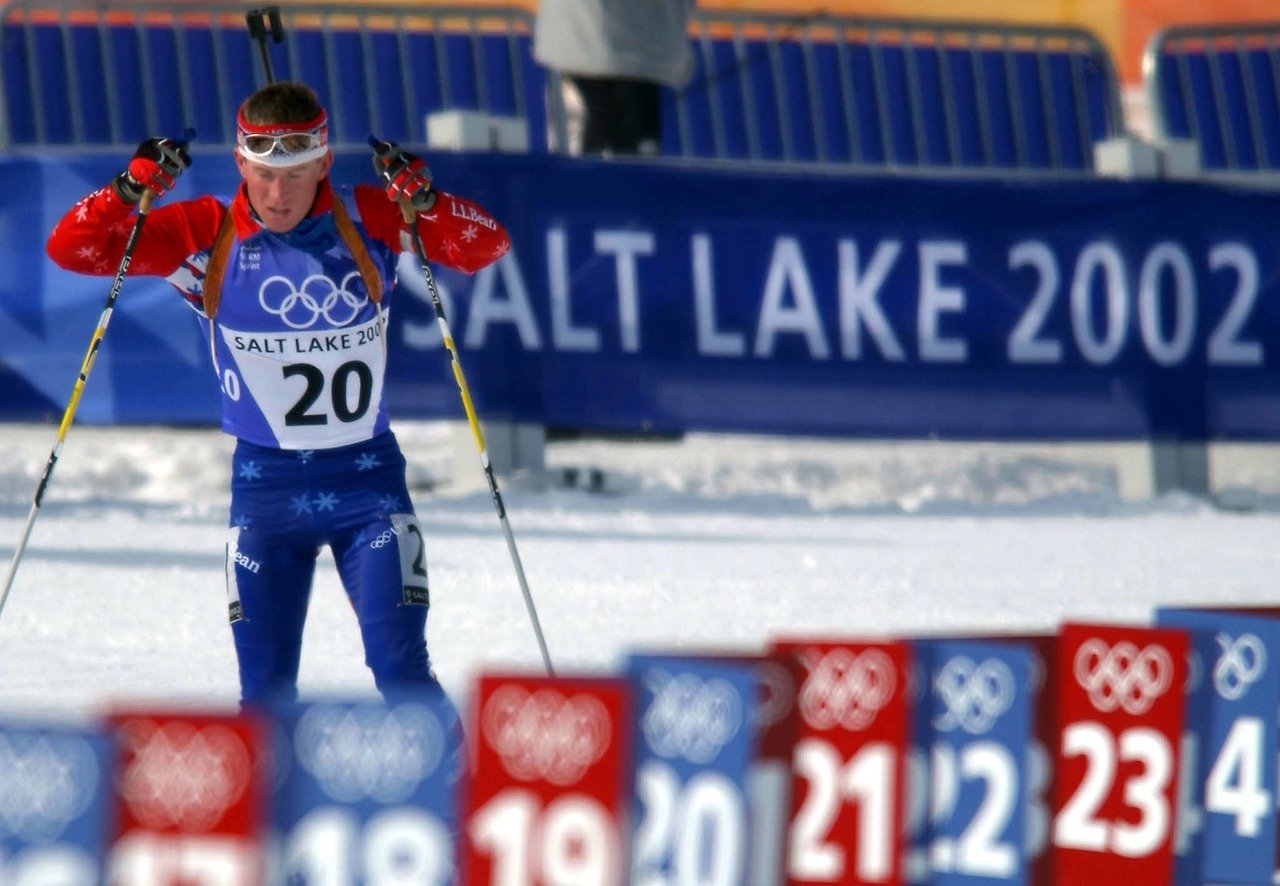The eco-friendly Olympic Village in Paris is leading the pack with its innovative and sustainable design, even without air conditioning. Constructed from simple wooden huts, the village was promptly dismantled post-event. A hundred years after the last Olympics in Paris, French authorities are taking a unique approach to make the 2024 Games the “most eco-friendly and sustainable games in history” by developing a permanent community.
According to Georgina Grenon, the Paris 2024 sustainability director, “This community was imagined as a residential area, a neighborhood that will continue to thrive post-event.” The Olympic organizers will lease this area only for a limited time. Olympic athletes will reside in structures intended for future residents, be they homeowners or workers.
After the Paralympics conclude on September 8, the village—comprising 82 buildings—will be converted into office space for 6,000 employees and apartments for another 6,000 residents. This project aims to address Paris’ housing crisis, where high interest rates, soaring property prices, and limited supply have made homeownership or renting increasingly difficult. The demand for affordable housing is so extensive that a tiny 10 square meter (108 square feet) apartment in the trendy 10th arrondissement, priced at 610 euros ($614) per month, received 765 applications in less than a week last year.
The Olympic Village’s location was strategically chosen to rejuvenate some of the city’s historically disadvantaged northern suburbs. It is situated at the junction of three suburbs: Saint-Denis, a diverse, working-class neighborhood with a notorious history of crime and insecurity; the rapidly gentrifying Saint-Ouen; and Ile-Saint-Denis, an island on the Seine River. Organizers have promised that 32% of the newly constructed homes in Saint-Denis and Saint-Ouen and 48% of those in Ile-Saint-Denis designated for the Games will be allocated for public housing.
However, there are concerns that existing residents may be priced out. Similar promises of affordable housing for the 2012 London Olympics fell short, with only fewer than 200 of the 9,000 homes built within the Olympic Park being offered at the lowest rent levels. Organizers claim that the 2024 Olympics will run entirely on renewable energy and have prioritized sustainability in the village’s construction. They repurposed or permanently altered several existing structures, including an old electric factory converted into a resident center, and reused movie studios as training facilities.
The buildings were constructed using wood and recycled materials, reducing the project’s carbon footprint by 30% per square meter, exceeding French ecological regulations. One-third of all rooftops are fitted with solar panels, while another third feature gardens to lower indoor temperatures. Long, linear openings leading to the Seine create wind tunnels to channel cool air from the river inland.
The village will house approximately 3,000 apartments containing 14,250 beds made from recyclable materials similar to those used in Tokyo. The mattresses are fabricated with reclaimed materials and can be adjusted in firmness by flipping them over. The stools are made from cardboard, making them easy to recycle post-Olympics.
Organizers are also testing new green technologies and construction methods. For instance, a sidewalk made from seashells is designed to absorb rainwater, which then evaporates on hot days to help cool passers-by. The main boulevard features five experimental outdoor air filters that can purify 95% of the air of particulate matter, cleaning the equivalent volume of 40 Olympic-sized swimming pools per hour with minimal electricity consumption.
One of the most debated innovations is the geothermal cooling system, which extracts water chilled to 4 degrees Celsius (39 degrees Fahrenheit) from depths up to 70 meters (230 feet) beneath nearby geothermal plants. This water is channeled through pipes beneath each apartment’s floor, potentially lowering the building’s temperature by 6 to 10 degrees Celsius compared to the outdoor temperature. Each apartment is equipped with a thermostat to adjust the temperature within a 2-degree Celsius range. The system also heats apartments during the winter.
The increased frequency and intensity of heatwaves, a result of human-induced climate change, has made Paris particularly vulnerable, with hot weather-related deaths more prevalent in the French capital than in any other European city. In 2022, only 19% of European homes had air conditioning, but the demand for AC units is growing due to extreme heat, creating a “climate Catch-22” as these systems consume substantial energy, contributing to additional carbon dioxide emissions and global warming. As a contingency for heatwave concerns, the village offers the option to rent personal air conditioning units to delegations.
In March, Paris Mayor Anne Hidalgo addressed the absence of air conditioning in the Village, emphasizing that the village was designed to minimize reliance on air conditioning, even in exceptionally high temperatures. “We are on the brink of a crisis. Everyone, including the athletes, should be conscious of this,” Hidalgo asserted. “We must trust the scientists when they guide us in building structures sustainably, allowing us to cope without air conditioning.”
The Paris 2024 Olympic Village aims to be a model of sustainability and innovation, showcasing how eco-friendly designs and technologies can create lasting, positive impacts on urban environments.

